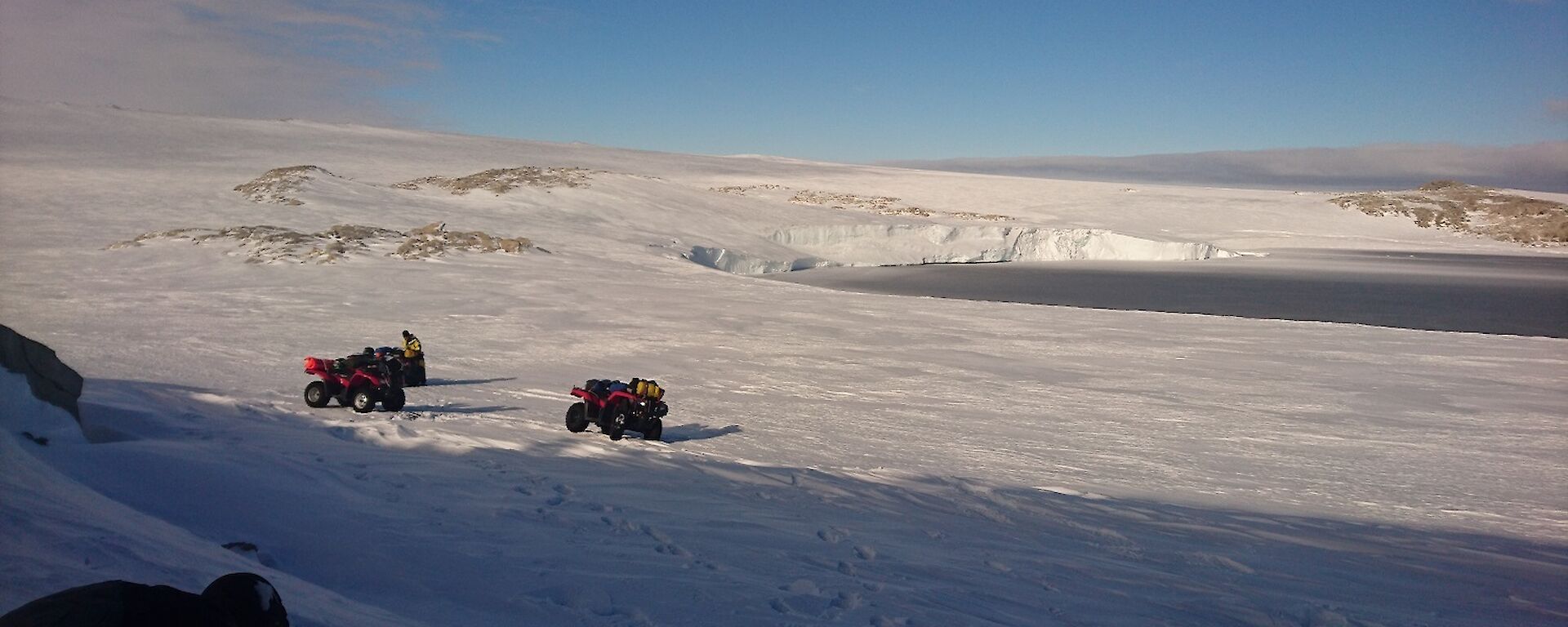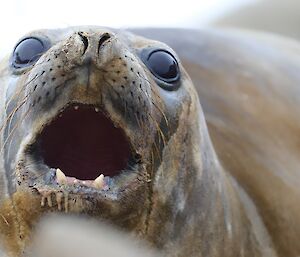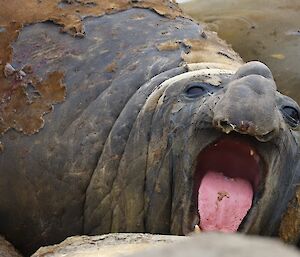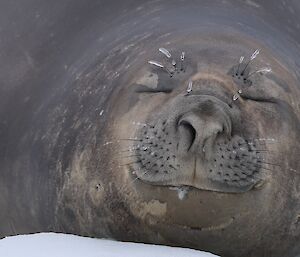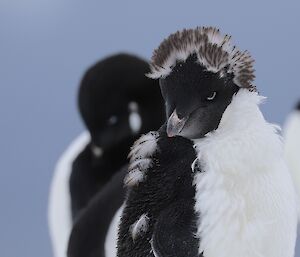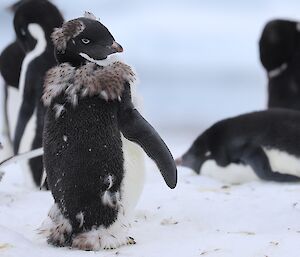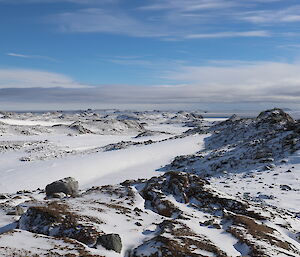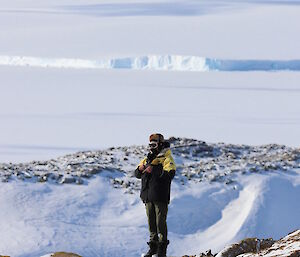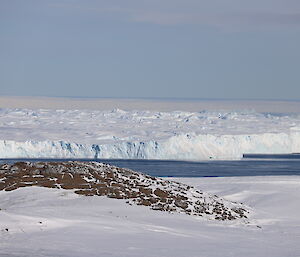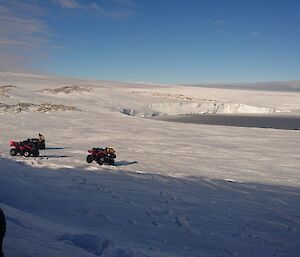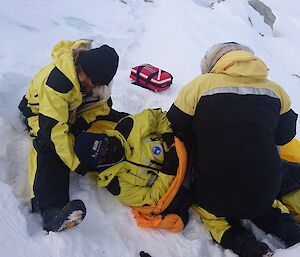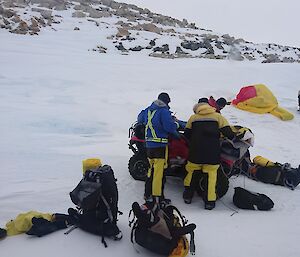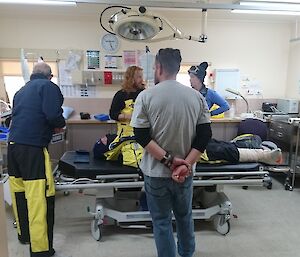Winterisation continues of the Casey vehicles, buildings and people. Training is ongoing, work and social routines established, and everyone has hunkered down to life on station in winter. This week we've even had some weather to indicate that winter is coming with a bliz on Tuesday, a mild bliz but a bliz no less.
The compulsory search and rescue (SAR) exercise to ensure our SAR capability is up and running for winter went well on Friday and Barry has provided a good summary from a ‘victims’ viewpoint below.
Red Shed (living quarters) refurbishments encroach on our life a little more each week in such sneaky slow little adjustments that we'll soon be living and eating in our rooms and we won’t know how we got there! (Maybe a slight exaggeration; but a corner of the mess has been ‘wrapped in plastic’ for the insertion of a dumb waiter this week. Now just to work out how to keep the expeditioners out of it?)
Field trips continue at a slow and steady pace; I think we know that we have months to get out and about and many are waiting for the sea ice travel via quad as that seems a much more efficient and comfortable means of getting from point to point than the wonderful but very bumpy Hägglunds.
With field trips in mind… what is it that makes the Browning Peninsula the ultimate rec trip for the Casey community… the golden ticket… the duck’s nuts… the bees knees…? It can’t be the three hour drive over a very bumpy track in a Hägglunds, much of it across the featureless ice plateau. It can’t be the hut (there are better, more spacious huts in the Casey operating area). It can’t be the weather – known to be colder and winder than at Casey.
Having just experienced it last weekend, I think it’s the absolutely breathtakingly beautiful scenery; snow covered peaks rolling down to the ocean and reflected in the mirror smooth water, the Vanderford Glacier jutting out into Eyres Bay just tempting you to stand in awe and hope to see icebergs form as chunks of ice break off, and quiet secluded coves where wildlife shelter – elephant seals wallowing, moulting, fighting (and smelling) and Adélie penguins moulting with their feathers making avant-garde hairstyles and fashions of which Vivienne Westwood would be proud. Yes, I can see now why Browning is the golden ticket. Next time I might be lucky enough to get the trifecta and have clear skies for aurora spotting far from bright station lights.
Rebecca (Casey Station Leader)

